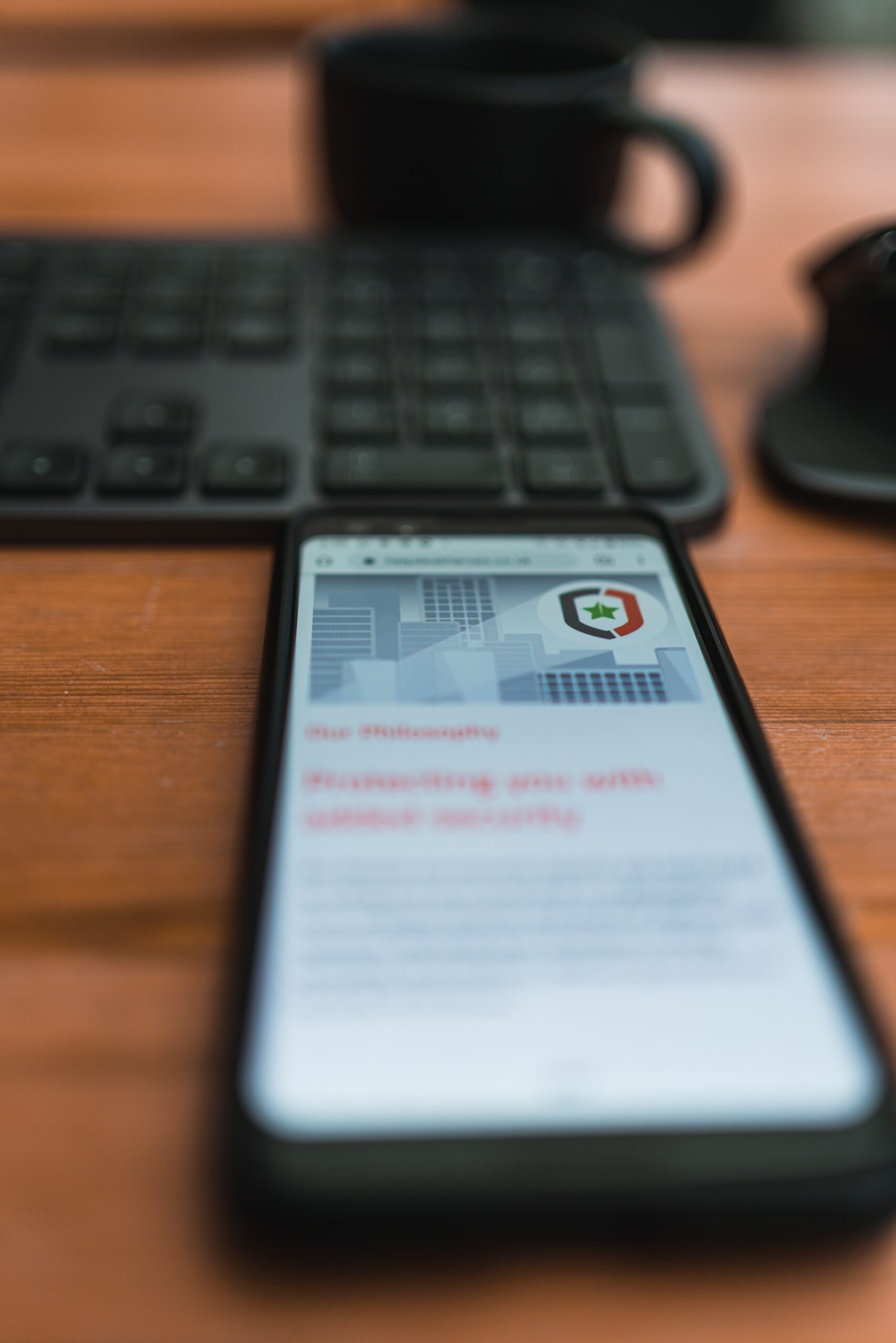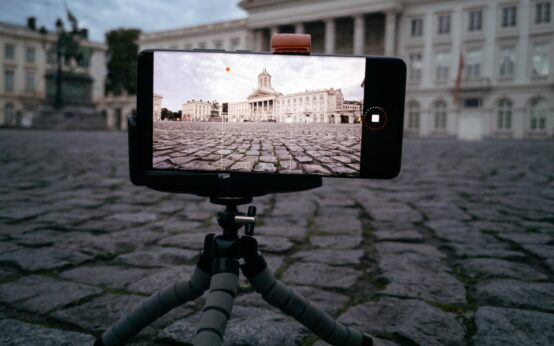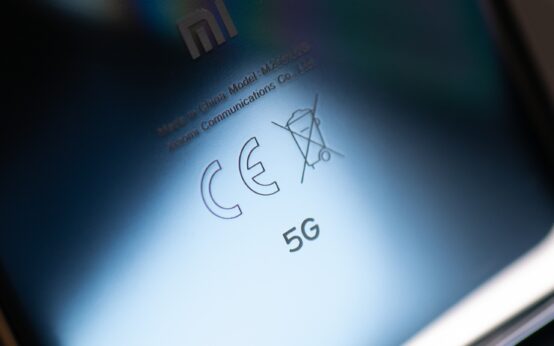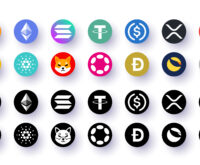Remember the days when mobile phones were the size of a brick? It’s hard to believe that those bulky devices have evolved into the sleek and powerful pocket supercomputers we carry around today. The evolution of smartphones has been nothing short of remarkable, revolutionizing the way we communicate, work, and live our lives.
The Birth of the Brick
In the early days of mobile phones, the focus was on making calls on the go. The first mobile phone, introduced by Motorola in 1983, was a massive device weighing over two pounds and had a battery life of just 30 minutes. These early mobile phones, aptly nicknamed “bricks,” were a luxury item and only accessible to a few.
As technology advanced, mobile phones became smaller and more affordable. The introduction of the Nokia 3210 in 1999 marked a turning point in the industry. It was lightweight, had a longer battery life, and introduced the world to the game Snake. Suddenly, mobile phones were not just a communication tool but also a form of entertainment.
The Rise of the Smartphone
The real game-changer came with the introduction of the smartphone. In 2000, Nokia released the Nokia 9210 Communicator, which combined the features of a mobile phone and a personal digital assistant (PDA). This marked the beginning of a new era in mobile technology.
However, it was Apple’s release of the iPhone in 2007 that truly revolutionized the industry. The iPhone introduced a touchscreen interface, a full web browser, and the App Store, which allowed users to download and install third-party applications. Suddenly, a whole new world of possibilities opened up.
Other companies quickly followed suit, releasing their own smartphones with similar features. Android, developed by Google, became a major player in the market, offering an open-source alternative to Apple’s iOS. This led to fierce competition and a rapid pace of innovation.
From Supercomputers to Essential Tools
Today, smartphones have become an essential part of our lives. They are no longer just communication devices or entertainment gadgets; they are our personal assistants, our cameras, our music players, and so much more.
Smartphones have become incredibly powerful, with processing speeds and capabilities that rival those of desktop computers. They can handle complex tasks, such as video editing and gaming, with ease. With advancements in technology, smartphones now have high-resolution displays, professional-grade cameras, and biometric security features.
The rise of mobile apps has also transformed the way we work and interact with the world. From banking and shopping to social media and productivity tools, there is an app for almost everything. Smartphones have made our lives more convenient, allowing us to access information and services on the go.
The Future of Smartphones
As technology continues to advance, the future of smartphones looks promising. We can expect even more powerful processors, longer battery life, and faster internet speeds. The integration of artificial intelligence (AI) and virtual reality (VR) is also on the horizon, opening up new possibilities for immersive experiences.
One of the key areas of development is 5G technology, which promises faster and more reliable connections. This will enable the Internet of Things (IoT) to flourish, with smartphones acting as the central hub for smart homes, connected cars, and wearable devices.
With each passing year, smartphones continue to push the boundaries of what is possible. From bricks to pocket supercomputers, their evolution has been nothing short of extraordinary. As we look to the future, it’s exciting to imagine how smartphones will continue to shape and enhance our lives.



 The Best and Most Secure Social Media Platforms of 2014
The Best and Most Secure Social Media Platforms of 2014  How to Become a Top Software Developer
How to Become a Top Software Developer  Privacy Matters: Understanding Smartphone Security Features and Best Practices
Privacy Matters: Understanding Smartphone Security Features and Best Practices  Unveiling the Latest Flagship Phones: A Comprehensive Review and Comparison
Unveiling the Latest Flagship Phones: A Comprehensive Review and Comparison  Camera Showdown: Comparing the Best Smartphone Photography Features
Camera Showdown: Comparing the Best Smartphone Photography Features  Exploring 5G: How the Next Generation of Connectivity Will Transform Smartphones
Exploring 5G: How the Next Generation of Connectivity Will Transform Smartphones  DeFi vs Traditional Finance: A Comparison
DeFi vs Traditional Finance: A Comparison  The Crucial Role of Customer Service for Every Entrepreneur
The Crucial Role of Customer Service for Every Entrepreneur  Crypto Market Value Drops 30% as Trump Tariffs Spark Global Economic Turmoil
Crypto Market Value Drops 30% as Trump Tariffs Spark Global Economic Turmoil  Fartcoin Surges 10% as Major Cryptocurrencies and Stocks Suffer Amid Trump’s Trade War
Fartcoin Surges 10% as Major Cryptocurrencies and Stocks Suffer Amid Trump’s Trade War  Crypto Funds Face $240 Million in Outflows as U.S. Tariffs Drive Market Uncertainty, Bitcoin ETPs Lead Decline
Crypto Funds Face $240 Million in Outflows as U.S. Tariffs Drive Market Uncertainty, Bitcoin ETPs Lead Decline  Why Cryptocurrency is Losing Trust as a Currency
Why Cryptocurrency is Losing Trust as a Currency